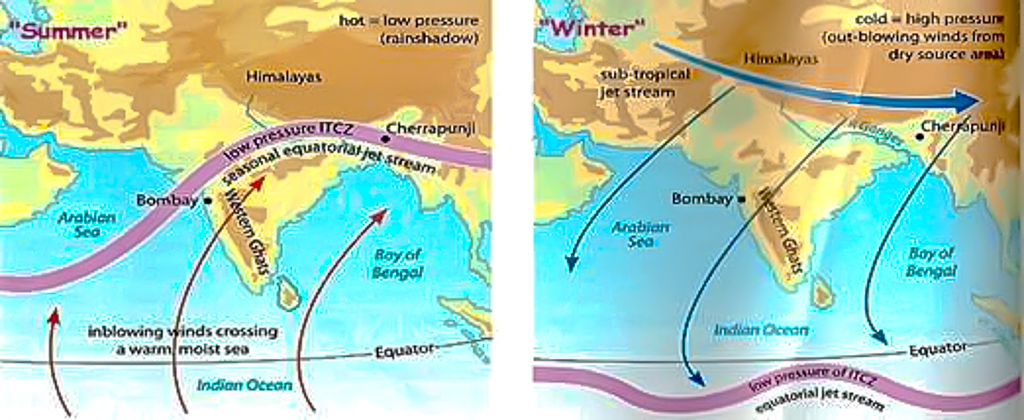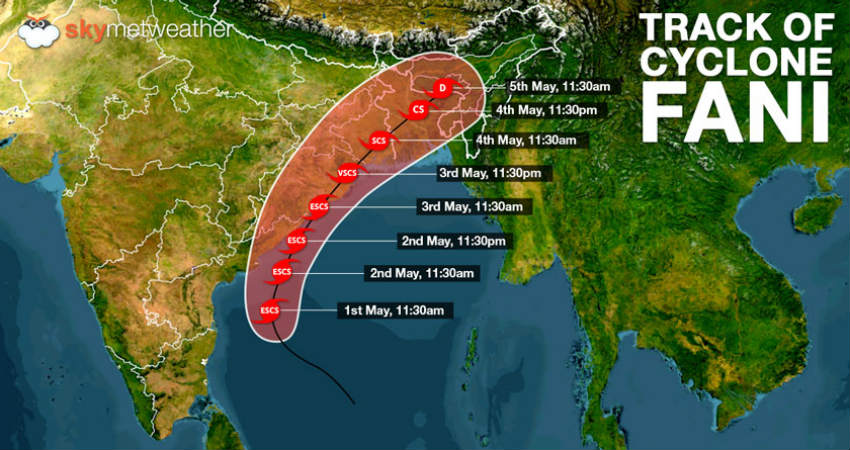7667766266
enquiry@shankarias.in
What is the issue?
How do tropical cyclones form?

How prevalent are tropical cyclones in India?
Why are Oct-Dec cyclones more strong?
How and why is Fani different?

Source: Indian Express